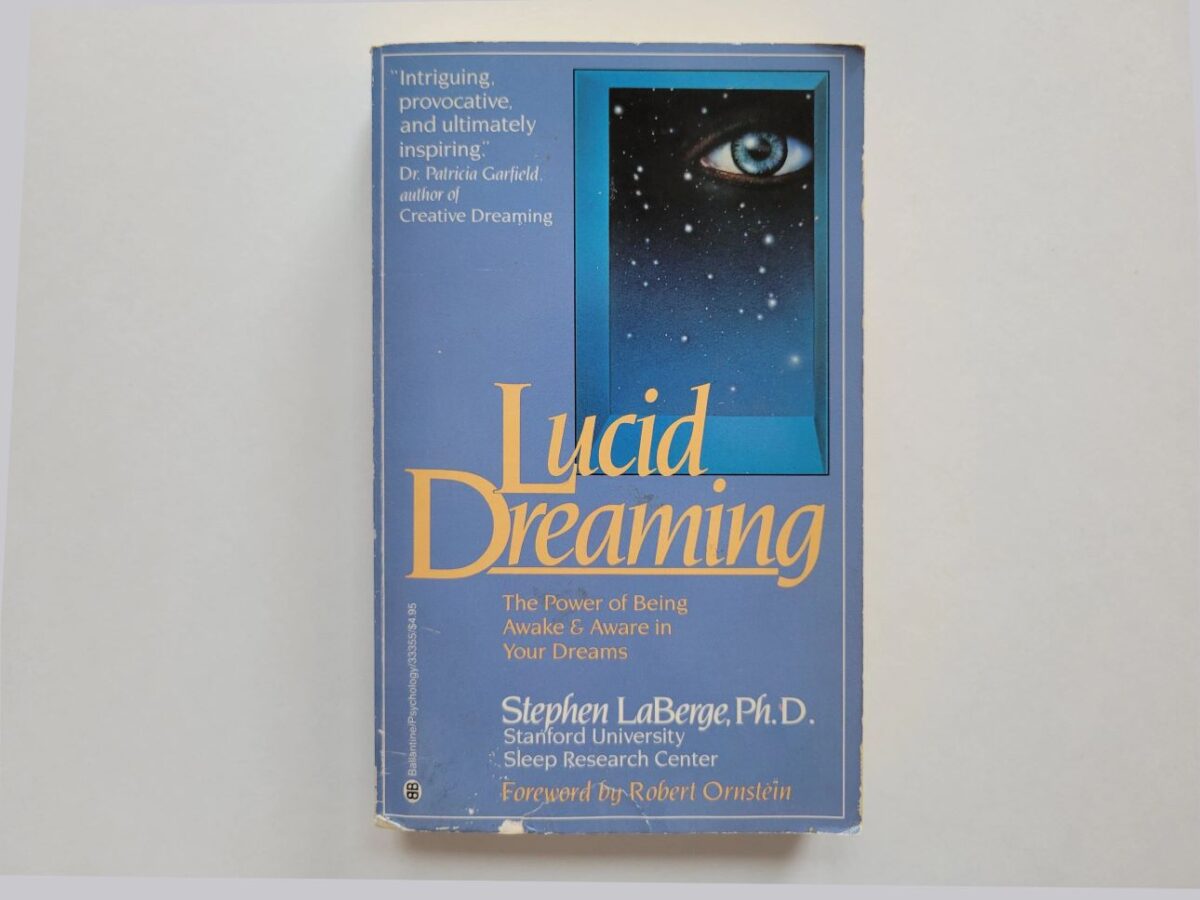This ability of ours has always accompanied us, influencing us all the while. But it wasn’t until now that we have looked in the right direction and finally seen this elephant in the room, a hitherto secret phenomenon confounding the minds of millions. Isn’t it time we recognized its due and logical role as the common denominator of a long list of phenomena that had until now always seemed unrelated? Wouldn’t the world become simpler, and wouldn’t we then understand ourselves much better?
As it turned out, certain commonalities of several completely different, but hitherto uncompared, phenomena became clear and straightforward to me, thanks to both my activities and personal experience in the field. I couldn’t but conclude that there was some common denominator at work.
Man has extraordinary ability to adapt and is constantly evolving. Although it’s hard to imagine now, just several thousand years ago our consciousness and self-awareness looked totally different. They simply did not exist in their now familiar form. What is going on today can be alternatively interpreted as either natural evolution or social (cultural) evolution.
It’s entirely possible that conscious awareness, once having developed and then having proceeded to consume our entire waking life, is actually evolving into those states of consciousness where it would seem to have been impossible: those occurring while our body is asleep. To put it bluntly, consciousness ran out of room in our waking mind and continues its expansion into the brain. There is only one piece of evidence of this process: half of all people report experiencing 100% conscious awareness flaring up into their dreams.
Meanwhile, another take on the origin of the out-of-body phenomenon looks to fundamental transformations in science and culture. Even three or four hundred years ago, the average level of intelligence was hardly one-half of what it is today. Thanks to modern education systems, enormous floods of information, and lightning-fast communication, our conscious minds have had to use their resources to their full capacities. Perhaps those capacities are not enough. Our craniums are overfull, and perhaps that’s why consciousness is overflowing to where it seemingly wasn’t meant to be or couldn’t have been. With the overloads introduced by modern society, it simply has nowhere left to go. That’s why spontaneous dissociation when awakening and throughout dreaming occurs increasingly often. It also happened in the past, but rarely. But now it’s taking on an incessant nature.
By all accounts, we are now at the breakthrough stage of a new era: the entrenchment of a new state of mind and consciousness, which has become the next logical outcome of human evolution.
Children, with their predisposition for out-of-body experiences, deserve special attention. Most adults simply forget that having out-of-body experiences was the norm for them during early childhood. I’ve met many people over the course of my practice who remember how often it happened for them at an early age. I’ve had the opportunity to speak with children who maintain that they were able to do it on command before they could even speak, but that later it started happening increasingly rarely with age and that they gradually forgot about it. This speaks either for the natural evolution of consciousness, or, conversely, for regression…
Either way, we may turn our attention to this new state of consciousness that we have. And it has possibly just begun to develop. If earlier we only had three primary and completely different states – wakefulness, REM sleep, and non-REM sleep – then now we have something in-between wakefulness and REM that includes features of both. The first steps in scientifically proving the existence of this state were taken by Stephen LaBerge at Stanford University in the beginning of the 1980s. A successful experiment was conducted regarding consciousness while dreaming. Meanwhile, today it is clear that the experiment’s result has implications for a far greater number of phenomena. It has become fully apparent that consciousness while dreaming is practically the same thing as out-of-body travel, but that it occurs as a result of different method. And we have already identified spontaneous exit from the body in a whole slew of phenomena.
However, when you see the word “dreaming” in the context of all of the above, don’t think that experiencing the phenomenon itself feels like being in a dream. We have identified a whole number of cases in which super-realistic sensations made people think that they were dying, seeing God, or encountering aliens. The term “hyper-realism” is often brought in to describe the experience: in most exits from the body, every sensation is so heightened that the physical world seems like a faint dream in comparison.
I have no interest at all in discussing where we actually go when we leave our bodies. My task is only to inform people of the opportunity to do so and to teach them how to take advantage of it. Meanwhile, practitioners can decide for themselves what is actually going on. Some believe that they are travelling in spirit form through the physical world. Others hold that their soul travels about parallel worlds. Still others consider it all to be only a mental state.









